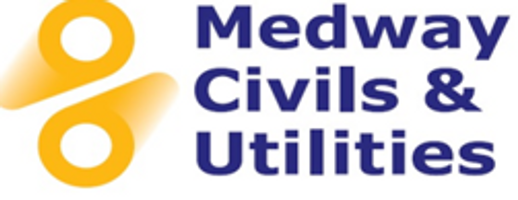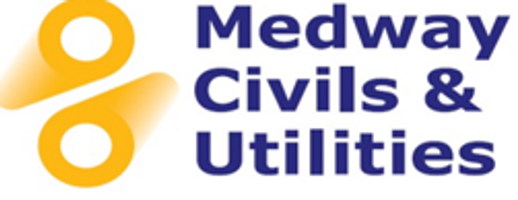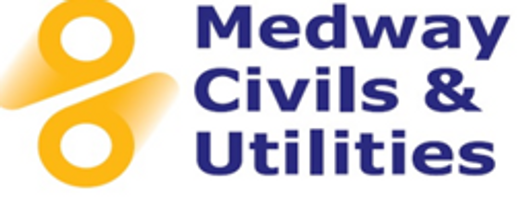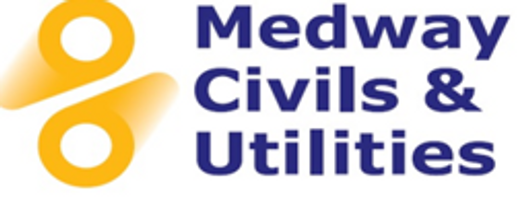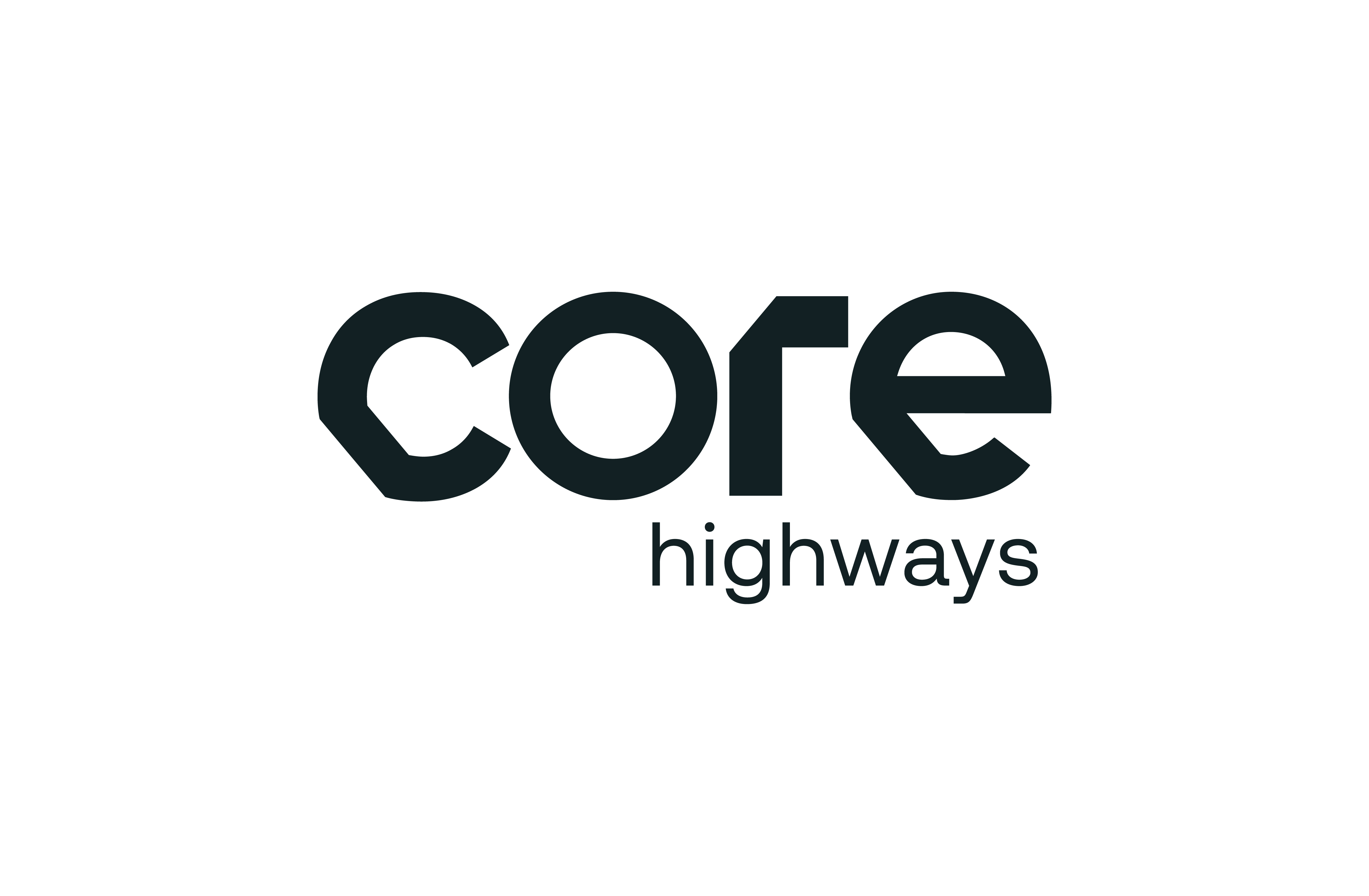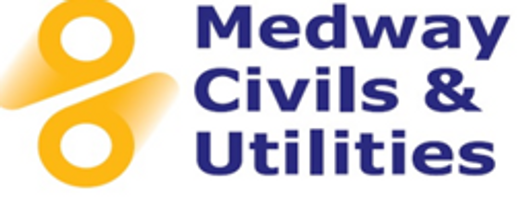Title Page
-
Conducted on
-
Project Number
-
Team
-
Team Supervisor
-
Prepared by
-
Location
General
-
Can the team/operative explain (or demonstrate) how they would obtain information/guidance contained in work procedures if they needed it?
PAM & Gascoseeker
-
Do all operatives have a PAM?
-
Are the PAMS working and in-date?
-
Does the team have a Gascoseeker?
-
Is the Gascoseeker working and in-date?
-
SSRA Carried out, complied with and recorded correctly?
-
RA or PTW in place, and being complied with?
Service Laying
-
Marker tape used (75mm above crown of pipe)
-
Anti-shear sleeve fitted (Install on all PE to steel transition fittings below 63mm e.g. metal service tee connection for PE service)
-
External valve installed
-
Wall sleeve sealed
-
Cathodic protection fitted to new buried steel pipe
-
Wrapping applied to new steel pipework and fittings
-
Meter Position suitable/acceptable
-
Service head adaptor fitted before the emergency control valve
-
Insulation joint(s) fitted where required and exposed (touchable) host metallic pipe upstream wrapped/insulated
-
ECV fitted correctly - accessible, operable, fall to closed position, closed and capped on job completion
-
ECV/Service information label fitted
-
Main equipotential bonding correctly installed or appropriate postcard left with consumer
-
Meter box fitted correctly - the box is not damaged, fitted squarely and a minimum of 300mm away from flues. Built in box sealed to the wall
-
Above the ground pipework properly supported where required
-
All open pipe ends capped/sealed
-
Redundant service pipework removed (preferred) or capped and sealed
-
Steel services and steel tails fully replaced and/or inserted (replacement works)
-
Job documentation/record completed
-
G/17 or G/19 in place and being followed (for work on pressure systems >2 bar)
Open Cut
-
Pipe bed firm
-
Pipe bend radius adequate
-
Service black bend fitted
-
Pipe laid on shortest route
-
Correct depth of cover
-
Finefill around pipe
-
PE pipe in building - metallic sleeve used
Live Insertion
-
Domestic LP, <=2", Maximum length = 20m
-
Domestic LP, <=2", Maximum diameter = 32mm
-
Pressure testing completed before wrapping joints and filling annulus
-
Leakage survey completed along line of service
-
Annular fill procedure followed
Dead Insertion
-
Pipe sealed when inserting (bullet type nose cone)
-
Pipe monitored for damage (10% wall thickness)
-
Host pipe edges protected to avoid damage to PE
-
Pressure testing completed before wrapping joints and filling annulus
-
Annular fill procedure followed
Serviflex Method
-
Service is LP
-
Host pipe is metallic and <=1" NB
-
length is 16m maximum
-
Push guide method used and pipe de-burred
-
Pressure testing completed before wrapping joints and filling annulus
-
Annular fill procedure followed
Soil Displacement Moling
-
Soil Displacement moling procedure followed
-
Additional specific PPE used (Electrically insulated boots and gloves)
-
All plant located (Trail holes if necessary)
-
Launch cradle used if practicable
-
Launch away from plant
-
Lubricator used
-
Minimum launch depth (10 x diameter of spoil displacement, hammer recommended)
Meter Disconnection
-
Operative competent to disconnect meters
-
PPE worn (PAM,Gloves, Glasses etc)
-
Installation checked for signs or theft of gas
-
Team manager informed if theft of gas suspected
-
Safe working area established
-
Domestic property only
-
Up to 1" service only
-
U6/G4/E6 Size meter only
-
Flexible 5lt/10lt inlet only
-
Voltstick Used
-
Continuity bond in date, fitted correctly and left in place
-
Has customer been instructed to turn off all appliances
-
Flat jawed 5lt x 10lt spanner used
-
ECV off and capped
-
Red plastic male thread 5lt/10lt plugs in open ends
-
Meter capped and in ventilated area if removed
Pressure Testing
-
Test equipment used correctly (also, testing equipment record sheet available and up to date)
-
Test procedure followed - test pressure, duration and pressure lost
-
Pressure test documentation completed
-
Exposed fittings and joints tested with leak detection fluid
-
Service purged and commissioned Immediatley after pressure test
PE Pipes
-
Coil dispenser used correctly
-
Coils stacked correctly
-
Straight lengths stored correctly
-
Pipe checked for damage (10% wall thickness)
-
Correct proximity distances between fittings
-
Squeeze-off points far enough away from joints/fittings
-
Squeeze-off re-rounded and taped
Electrofusion Jointing
-
Fusion box in-date and fit for purpose
-
Electrical connectors in good condition
-
Fittings in protective bags up to point of use
-
Pipe marked to show correct alignment in the fitting
-
Correct/appropriate use of mains and service pipe and bend alignment clamps
-
Use of PET on peel-able pipe
-
Loading tool used (tees) and correct force applied (Has the loading tool been calibrated annually)
-
Pipe scraped and cut square
-
Fusion cycle completed correctly and correct cooling time applied
-
Visual inspection carried out (Contamination and/or exuded molten plastic)
-
Fusion indicators risen evenly
Butt Fusion Jointing
-
Butt fusion equipment and fusion box in-date
-
Machine fully automatic
-
Electrical connectors in good condition
-
Trimmer clean and free from debris
-
Was the first weld of the day cut out and discarded?
-
Precautions to protect against adverse weather (e.g. shelter, end caps to prevent wind chill)
-
Pipe roller supports used
-
Joints left in fusion machine until the end of the fusion cycle
-
Beads removed and measured using bead gauge
-
Beads numbered and retained
SCO / Under Pressure Working / Flowstopping
-
Is the relevant NRO/RO/PTW Available (does it reflect the site activity)
-
Is the competent person on-site?
-
Is the NRO/RO/PTW being applied with?
-
Independent pre-start check has been completed where applicable (i.e. where the operative is the CP)
-
Excavations> 1.2m Trench support and PTW or Site specific risk assessment has been completed (The PTW or separate method statement must specify the type of trench support required)
-
Has correct isolation been employed (right number of bags etc)
-
Bagstop/Foam plugging equipment used correctly
-
Use of squeeze-off
-
Squeeze-off indication tape applied at squeeze-off point
-
Bypass used
-
Are all pressures being monitored (adequate gauges)
-
UP tee fitted and tested correctly
-
Soundness test (leak detection fluid) carried out
-
End cap restraints / anchorage fitted
-
Continuity bond / wet rags applied
-
Expandable stoppers fitted in ends of pipe, downstream of stopping off equipment if the pipe is not to be Immediatley connected or capped off.
-
Pressure decay test applied correctly
-
Purging procedure completed correctly
-
Purge standpipe/Ejector used
-
Live service isolation kit being used
Safe Person
-
BA is being worn as required by procedure and/or where gas readings in the general atmosphere are >20% LEL and increasing
-
BA is assembled and ready for use when it is reasonably foreseeable that gas may be, or become, present in the work area
-
BA inspection card is up to date
-
BA equipment is in date and in good condition (eg mask clear, undamaged hose etc)
-
All pits, and excavations are guarded where work, or no activity is taking place
-
Voltstick used on all metallic pipes and correct action if faults identified
Plant Location
-
Project Pack on-site (CDM, CPP)
-
CDM,CPP Understood?
-
CAT and Genny in-date and fit for purpose
-
SW3 RA in place where required
-
SW3 PTW in place where required
Environment
-
Spill kits available
-
Liquid containers labelled and fit for purpose
-
Filtered funnel available for re-fuelling
-
Waste/Spoil stored correctly
-
Noise and Dust kept at a minimum for MOP's
End
-
Supervisor
-
Service Layer
